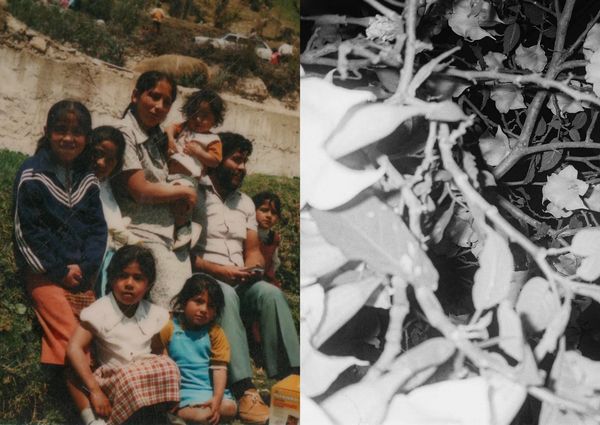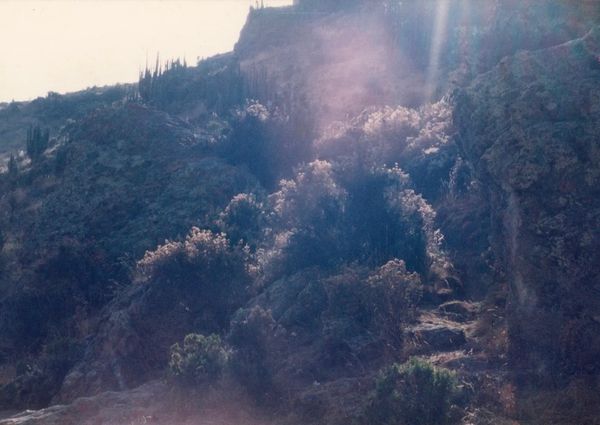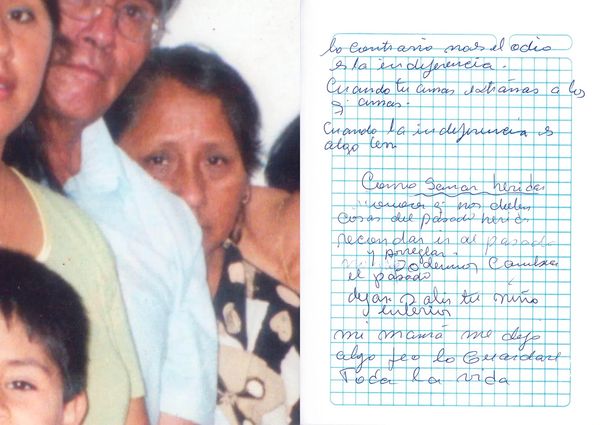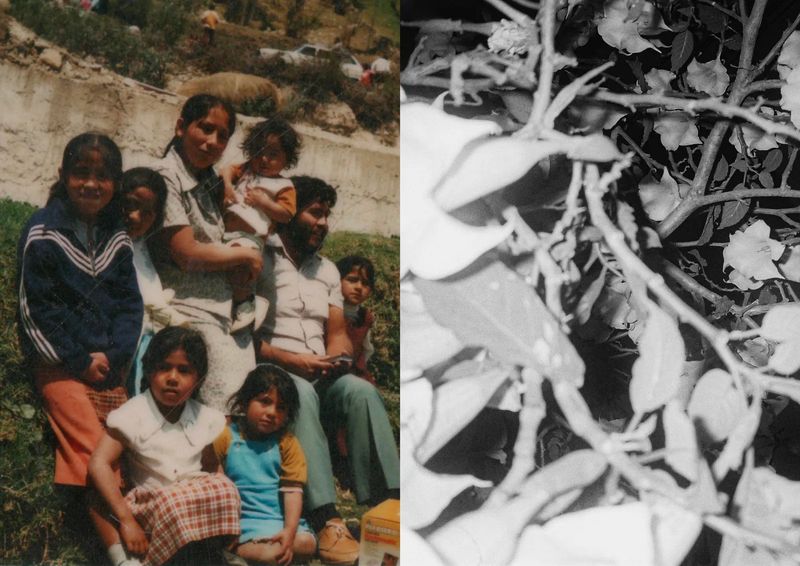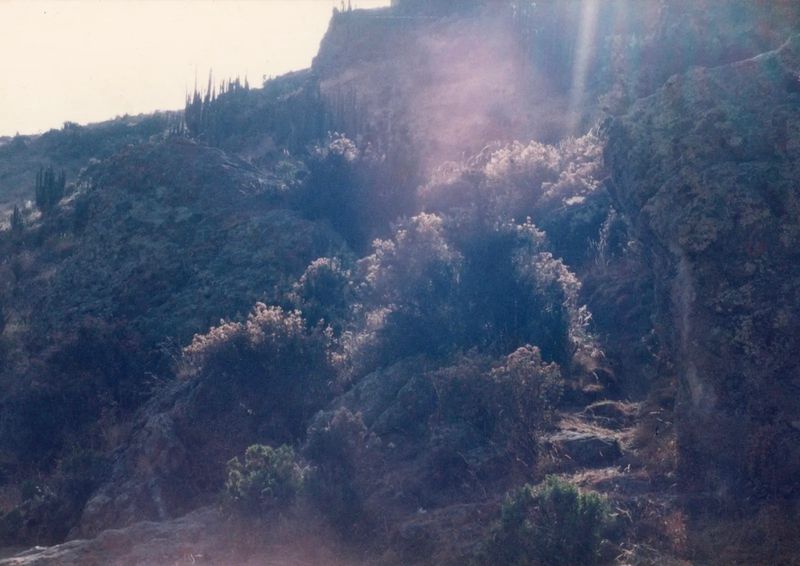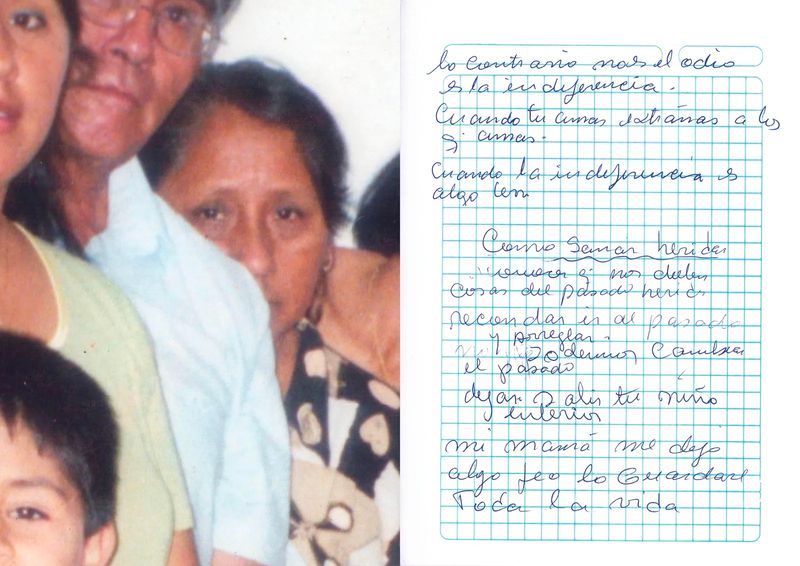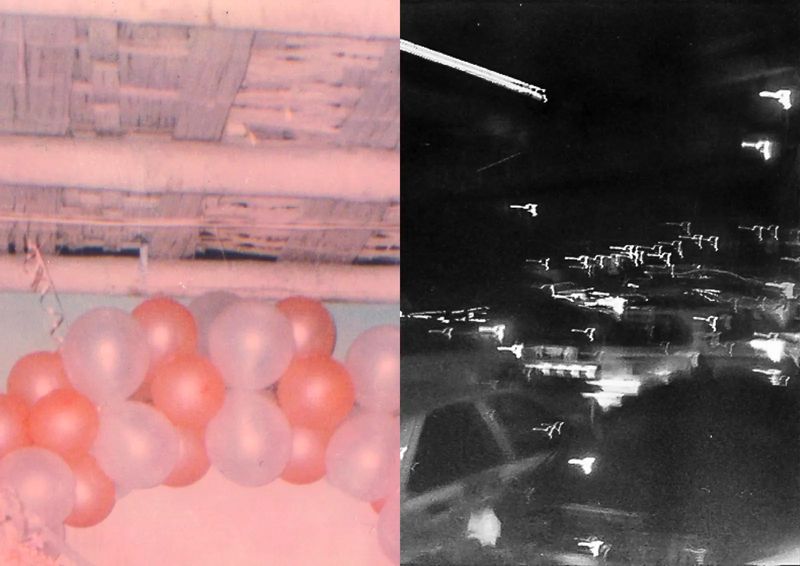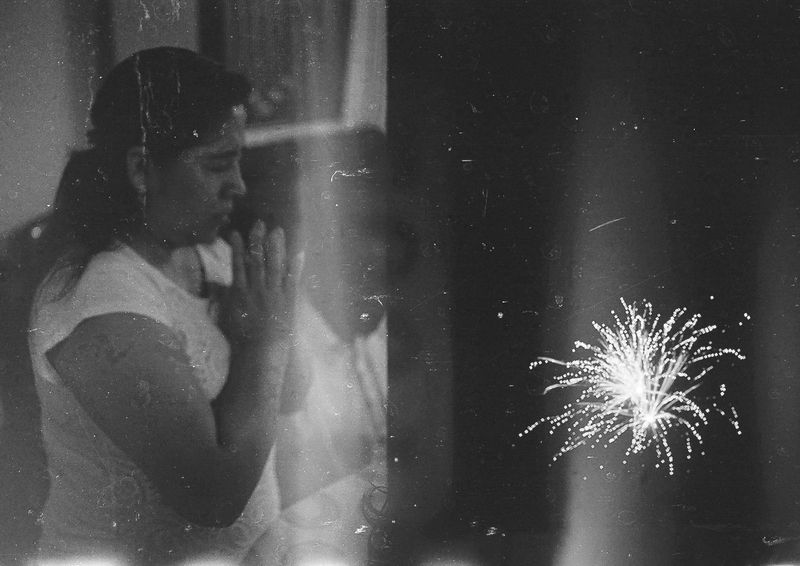Joseph Ladron de Guevara on Love Amidst Mortality
-
Published9 Nov 2023
-
Author
Following his grandmother's passing, Peruvian photographer Joseph Ladron de Guevara found himself contemplating her decision to reject treatment and her profound reliance on faith, which impacted not only her life but also his own and their family's.
When his grandmother died of cancer a year after contracting the disease, Joseph Ladron de Guevara faced the challenge of accepting his grandmother's decision to forego treatment, surrender to the illness, relying solely on her steadfast faith. She entrusted herself to God entirely, rejecting any form of traditional cure.
“She believed that she would heal without a conventional treatment. She’d think that God would heal her.”
Ladron de Guevara’s evangelical family reacted with mix feelings to her decision. Initial widespread optimism, joy, and relief were fueled by the hope for her recovery, and by the serenity with which she embraced her condition. Her unwavering faith guided her along a healing path she fervently believed in. Nevertheless, it ultimately gave way to the inexorable advancement of the disease.
“The entire year was sometimes bright, with hope and optimism in all of us,” Ladron de Guevara says. “And then it was also full of fear and worry, and we didn't know what's going to happen.”
When she passed, it was an emotional moment. She died singing, Ladron de Guevara recalls, with her family by her side. The title of this work derives from a verse of the song she sang that day: Si el sol llegara a oscurecer (y no brille más). It’s the idea of the darkness closing in, the light no longer shining. However, the verse continues with a message of faith that the Lord would not abandon them. “It was her favorite song, they sing it in the church.”
Following her death, Ladron de Guevara received from his uncle her journal, containing his grandmother's writings during her illness. This diary became the catalyst for his exploration of her story. He was able to read some of her writings: the entries revolved around faith, family, the subject of death and what comes after. The experience “left me with many more questions than before. I had the feeling of reading something that came from the past.”
Ladron de Guevara was attempting to capture the absurdity he felt, as he sought to narrate those episodes filled with hope and a collective family belief in her recovery. At the same time, he also aimed to depict the intricate challenging moments, involving both faith and the looming idea of her eventual passing.
“It was hard for me to understand her decision of not having a treatment. I was questioning, ‘How long can you go on just by faith?’ My first intention was to tell her story, and then provide an intimate approach. The whole process of doing this work led me to understand her.”
Some of the images in his work are in color and some in black and white. The color images represent the brighter, familial aspects of the story. The black-and-white ones reconstruct the darker moments. Numerous photos showcase elements of nature, such as cacti, plants, bushes, trees, and branches with leaves. These images serve as a personal exploration of Ladron de Guevara's emotional connection with his grandmother. As he puts it, “Most of my memories with her are tied to these places. I sought to incorporate these locations into my work because, in many ways, they symbolize her for me."
When his grandmother died, Ladron de Guevara struggled to comprehend why she did what she did. The peaceful way she approached death remained elusive. Through the cathartic process of creating his work, he has gained insights and now accepts her actions as what he considers an act of love. “…The love she had for all of us; how she loved God and how much she loved herself [too], she went with relief until the end. It was a great act of faith, but also a great act of love.”
